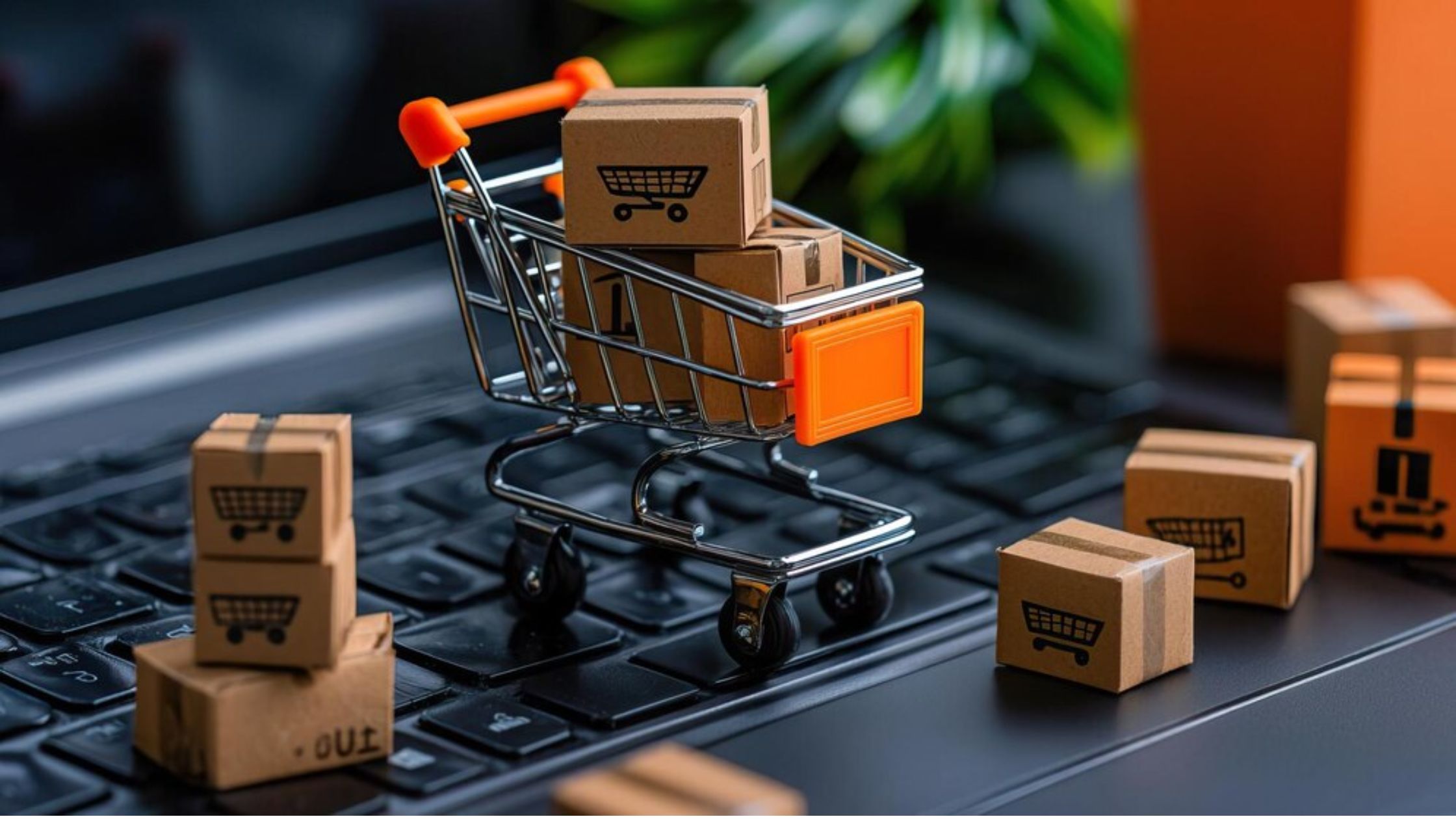Making money by selling products online is a great way to start a business. And if you’re going to sell somewhere, it should be on Amazon. Fortunately, the Amazon marketplace is growing more than ever as people buy almost any product online.
What is Amazon FBA?
Amazon’s Fulfillment-by-Amazon (FBA) program is an excellent way to start selling on Amazon. With FBA, you ship your products directly to Amazon’s warehouse, which stores the inventory. When you receive the order, Amazon dispatches your product to the customer (via 2-day Prime shipping) and manages all customer support.
The FBA program provided by Amazon allows sellers to store their products in Amazon’s fulfillment centers. This means that Amazon will handle all of the shipping, customer service, and returns for the seller. It’s a great way to take the hassle of selling on Amazon and scale your business. With FBA, sellers can offer Prime shipping to their customers, increasing sales and customer satisfaction.
Amazon FBA: Advantages
Amazon FBA has various advantages.
First, as a seller, you can outsource the entire fulfillment process from warehousing to shipping to Amazon. Fulfillment by Amazon (FBA) saves time and ensures products are handled and shipped quickly and efficiently.
Additionally, Amazon FBA provides excellent customer service, handling all customer inquiries and returns. This allows you to focus on growing your business and developing new products instead of dealing with customer service issues.
Another significant advantage of Amazon FBA is access to Amazon’s Prime program. Using FBA, your products are eligible for Prime shipping, a vast customer selling point that can significantly increase sales.
Getting started with Amazon FBA (Fulfillment by Amazon) can be a great way to sell products online and take advantage of Amazon’s huge customer base and logistics network. A step-by-step guide to help you get started with Amazon FBA
How to Get Started with Amazon FBA Business?
1. Product Research
First, research popular and in-demand products on Amazon. When looking for products, choose products that have strong sales potential, manageable competition, and satisfactory profit margins.
Consider using a tool like Amazon’s Jungle Scout or Helium 10 to analyze product trends, sales projections, and competition.
2. Create an Amazon Seller Account
Go to Amazon Seller Central (sellercentral.amazon.com) and create a new seller account.
Choose the Individual seller plan (if you plan to sell fewer than 40 items per month) or the Professional seller plan (for high-volume sellers).
Complete the registration process, including providing your business, tax, and payment information.
3. Source Or Manufacture Your Product
Decide if you want to procure products from suppliers (wholesale or private label) or produce them yourself.
Research potential suppliers or manufacturers, considering product quality, cost, reliability, and shipping options. Order samples and test the quality of the products before placing a larger order.
4. Build Your Product
Remember- The product must comply with Amazon’s packaging and labeling requirements.
By working with an Amazon FBA consultant, you can create a professional product listing with compelling images, detailed descriptions, and accurate information. Additionally, you can take advantage of Amazon’s enhanced brand content (EBC) feature, also known as Amazon A+ Content, which offers a wide selection of graphic components, structure, and attractive visual options to improve product listing pages.
Decide whether to brand your product with your packaging and label or use Amazon’s FBA labeling service.
5. Set up Fulfillment by Amazon (FBA)
In your Amazon Seller Central account, go to the Inventory tab and click the “Add a Product” button. Follow the prompts to create a new product listing or match your product to an existing listing.
6. Ship Your Products to Amazon
Please ensure your products are ready for shipment according to Amazon’s guidelines. In the Seller Center, create a shipping plan indicating item quantities and shipment specifications. You can choose to ship products directly to Amazon’s fulfillment center or use a third-party shipping service.
7. Monitor and Manage Your Inventory
Monitor your inventory levels regularly to avoid out-of-stock or excess inventory.
Use Amazon’s reporting tools to track sales performance, track customer feedback, and analyze profitability.
Consider using automated inventory management software or services to streamline your operations.
8. Optimize Your Product Catalog
Recommend continually optimizing your product catalog to enhance visibility and improve conversion rates. Start by optimizing keywords in your titles, bullet points, and product descriptions for better search rankings. Encourage customers to leave positive reviews and respond promptly to any customer inquiries or issues.
9. Promote Your Products
Explore different marketing strategies to drive traffic and sales to your product catalog.
Use Amazon Advertising to create sponsored product ads and increase visibility.
Use social media, content marketing, email marketing, and influencer partnerships to expand your audience reach.
10. Provide Excellent Customer Service
Respond to all customer inquiries and messages promptly and professionally. Remember that returns and refunds are handled efficiently by Amazon’s guidelines. Maintain high customer satisfaction ratings to build a reputable seller account.




